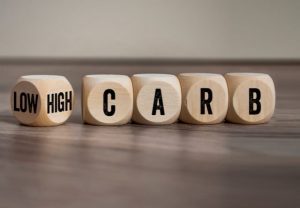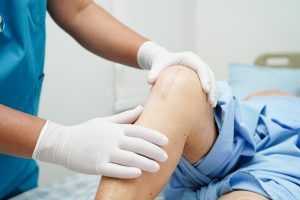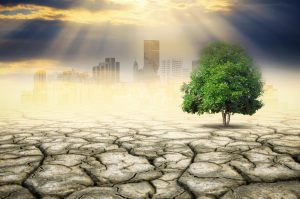COVID-19 is unlike other respiratory viruses known to humans, but in time it could evolve into a seasonal scourge like the flu.
That’s according to a new report in which researchers lay out the case for a possible seasonal COVID.
The scenario depends on many unknowns, and assumes the new coronavirus will bend to weather factors. And that would not happen until enough people have been exposed to the virus — or vaccinated — to provide a level of herd immunity, the researchers said in their report in
the journal Frontiers in Public Health.
But they believe that endemic respiratory viruses — including the flu and common coronaviruses that cause cold symptoms — give hints as to what could happen with COVID.
All of those viruses have a seasonal variation, being susceptible to changes in weather patterns like temperature and humidity.
SARS-CoV-2 has yet to show any signs of seasonality. Cases in the United States soared during the hot summer months, in contrast to typical respiratory viruses that dissipate at that time.
But as more people are exposed to SARS-CoV-2, that pattern could change, according to report author Dr. Hassan Zaraket, of American University of Beirut in Lebanon.
“We think it’s highly likely, given what we know so far, COVID-19 will eventually become seasonal, like other coronaviruses,” he said in a journal news release.
However, infectious disease experts cautioned that if one thing is certain about COVID, it’s that the disease is full of surprises.
The notion of a seasonal COVID is a “reasonable conjecture,” said Dr. Aaron Glatt, a spokesperson for the Infectious Diseases Society of America.
“But there is currently no evidence for or against it,” said Glatt, who also chairs the department of medicine at Mount Sinai South Nassau in Oceanside, N.Y.
It’s true that most respiratory viruses have well-established seasonal patterns. In temperate climates, Zaraket writes, they peak in winter and early spring, when the air is colder and less humid. In the tropics, meanwhile, many respiratory viruses circulate year-round, then spike during certain months.
But SARS-CoV-2, which scientists believe jumped from bats to humans, is unlike any run-of-the-mill coronavirus. So, Glatt said, it cannot be assumed the novel virus will begin behaving like them.
Two other coronaviruses do offer a closer comparison to SARS-CoV-2. One caused the severe acute respiratory syndrome (SARS) outbreak of 2003; the other, which emerged in 2012, causes Middle Eastern respiratory syndrome (MERS). Both of those coronaviruses were new to humans, and are believed to have made the species leap from infected animals.
Still, Glatt said, they are clearly different from the new coronavirus, as neither swept across the globe. And the two differed from each other: SARS eventually disappeared, while MERS cases still occur, mostly on the Arabian Peninsula.
MERS has never taken on a seasonal pattern — but it also does not transmit easily among people, Zaraket pointed out. That’s an obvious difference from SARS-CoV-2.
Dr. Bruce Y. Lee is a professor at the CUNY Graduate School of Public Health and Health Policy in New York City.
He agreed there’s no way to predict whether COVID-19 could become seasonal.
Right now, Lee said, the virus has no trouble “finding” people who are susceptible to it — and that could be overriding any seasonal factors that might affect SARS-CoV-2 transmission.
So if the virus is, in fact, influenced by season, that would not become apparent until people are much less vulnerable, Lee said.
“Herd immunity” — where a large portion of the population is protected from infection — could happen through widespread natural exposure to SARS-CoV-2 or a vaccine, Zaraket writes.
But much remains unknown about COVID and immunity, Lee said. Can a person eventually be reinfected with the same strain of SARS-CoV-2? And how long does resistance last? If a vaccine does become available, will it provide long-lasting protection or will people need a yearly COVID shot?
“We don’t know,” Glatt said. “People don’t like to hear that, but that’s the answer.”
There has been some suggestion that allowing the virus to spread among younger, healthy people could actually be a good thing — bringing about herd immunity faster.
“That argument is not grounded in science,” Lee said.
Younger people may be unlikely to die from COVID, but they can and do become very ill, Lee stressed. They can also transmit the infection to older and vulnerable people.
The only safe way to move toward herd immunity is through vaccination. But even if a vaccine becomes available, Lee said, that might not mean a full “return to normal.”
The vaccine would have to be effective enough, and enough people would have to get it, to achieve herd immunity.
More information
The U.S. Centers for Disease Control and Prevention has more on COVID-19 prevention.
Copyright © 2024 HealthDay. All rights reserved.















-300x169.jpg)









